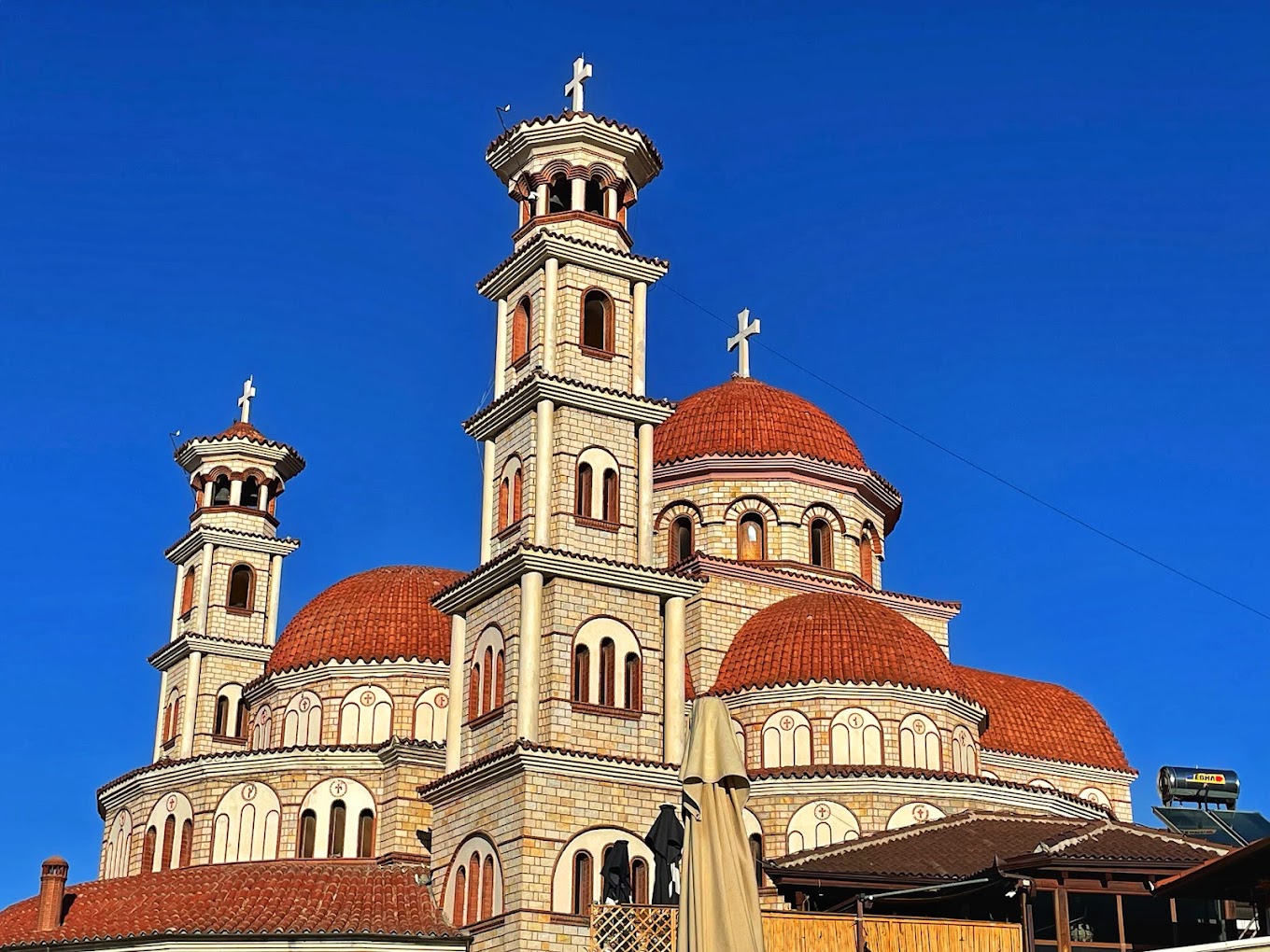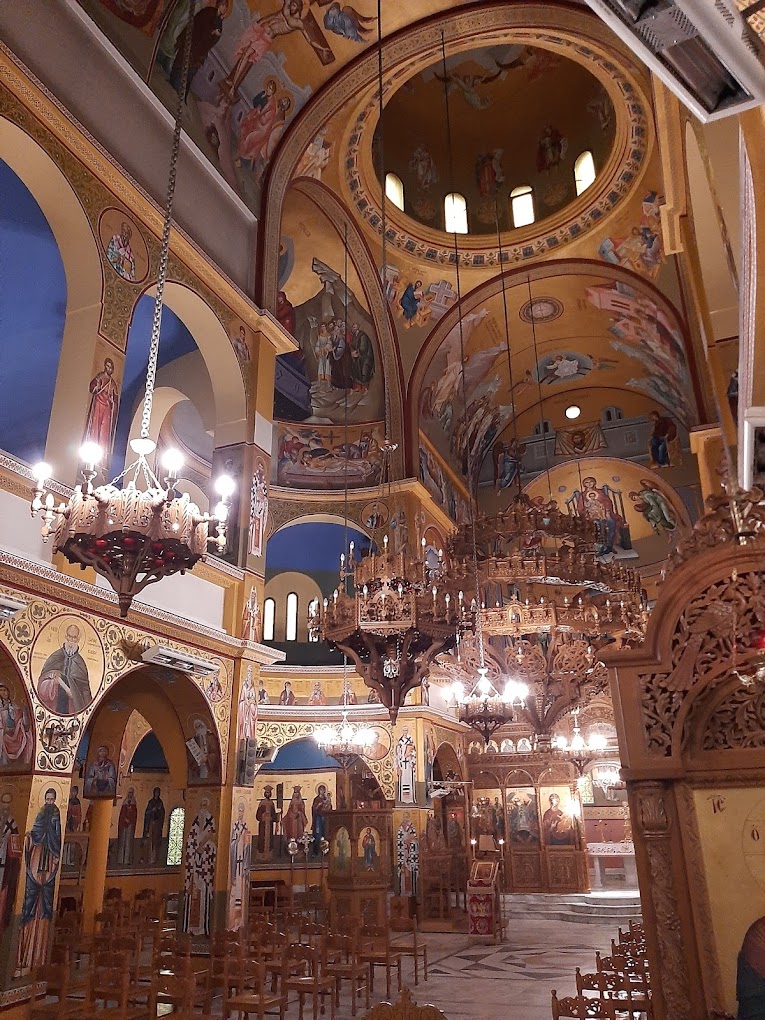Key Takeaways
- Korçë is famed as “Little Paris,” blending rich cultural traditions with modern vibrancy.
- The region features remarkable geographic diversity — from majestic Albanian Alps to fertile plains.
- Its Lake Ohrid is a UNESCO World Heritage site, renowned for its unique ecosystem and scenic beauty.
- Historically, Korçë played a crucial role during the Albanian National Renaissance, fostering culture, education, and independence.
- The county’s vibrant culture shines through its festivals, museums, and traditional architecture.
Korçë, often called the “Little Paris,” is a captivating blend of history, culture, and natural beauty. Nestled in southeastern Albania, this region offers a unique glimpse into the country’s rich heritage and scenic landscapes. From majestic mountains to tranquil lakes, Korçë promises an unforgettable experience for travelers and culture enthusiasts alike. Let’s explore what makes this region a true gem.
Geographic Overview of Korçë County
Korçë County boasts a
remarkable geographic diversity that captures Albania’s natural splendor. To the north, the peaks of the
Albanian Alps tower majestically, serving as a magnet for adventure lovers and nature lovers alike. In stark contrast, the central
Korçë Plain sprawls out—fertile lands stretching endlessly, supporting a prosperous agricultural sector.
The region’s climate varies with topography: alpine areas are colder, often snow-covered in winter, while plains enjoy milder conditions suited for farming. This climate diversity fosters a wide range of crops, from hardy cereals to lush fruits and vegetables.
Key geographical features include:
- Lake Ohrid, a UNESCO World Heritage site, known for its pristine waters and endemic species.
- Mount Gramos, offering breathtaking hikes and views.
- Prespa National Park, a biodiversity hotspot with lakes, wetlands, and diverse flora and fauna.
Historical Background of Korçë County
Korçë has long stood at the heart of Albanian history, especially during the National Renaissance. This era marked a cultural awakening, with Korçë emerging as a center of education and national consciousness.
In 1887, the establishment of the first Albanian-language school in Korçë became a symbol of cultural resistance and unity, fueling the national movement. The region also experienced brief autonomy under
French administration during WWI, showcasing its strategic importance. Resistance during WWII further cemented Korçë’s reputation as a symbol of resilience and patriotism.
Cultural Aspects of Korçë County
The cultural tapestry of Korçë County is rich and vibrant, where tradition seamlessly blends with modern influences. The region hosts lively festivals like the
Lakror Fest, celebrating traditional Albanian pies amidst music, dance, and communal joy.
Museums and historical sites reflect this heritage, with highlights like:
- The National Museum of Medieval Art, showcasing religious art from the medieval period.
- The Gjon Mili Museum, dedicated to the renowned photographer and his explorations of light and movement.
- Ancient churches and monasteries, such as the Orthodox Cathedral, narrate stories of faith and artistry spread across centuries.
Economy and Development in Korçë County
The backbone of Korçë’s economy remains its agriculture, leveraging the fertile plains for wheat, maize, fruits, and vegetables. This sector supplies regional and national markets, underpinning economic stability.
Manufacturing, notably food processing and textiles, plays a vital role in employment creation and industrial growth. Additionally, tourism is increasingly vital; natural landscapes and cultural sites attract visitors, leading to new opportunities for local businesses.
Tourism Highlights of Korçë County
Tourists flock to Korçë for its natural beauty and cultural riches. The scenic Lake Ohrid offers water sports, boat rides, and lakeside relaxation. The city of Korçë enchants visitors with its museums, architecture, and lively cafes.
Prespa National Park is a biodiversity sanctuary with trails for hiking and birdwatching, while mountain slopes provide skiing opportunities during winter.
Activities include:
- Hiking and nature walks in the Albanian Alps and Prespa Park
- Boat trips on Lake Ohrid
- Exploring historical sites in Korçë city
Best visit times are late spring to early autumn for optimal weather. Accommodation options are diverse, from cozy guesthouses to luxury hotels. Transportation within the region is facilitated by local buses, taxis, and car rentals. Learning some basic Albanian phrases can enhance interactions with locals.
Demographics and Society in Korçë County
The population includes primarily ethnic Albanians, with minorities of Greeks and Macedonians, enriching the cultural fabric. Languages spoken often include Albanian, Greek, and Macedonian, fostering a multicultural environment ([INSTAT](https://www.instat.gov.al)).
The region fosters strong community bonds, with a focus on education and traditional arts. Educational institutions support youth development, and local festivals celebrate diverse cultural heritages, contributing to the warm and welcoming atmosphere that visitors experience.
Conclusion
Korçë County stands out as a region of vivid contrasts and deep heritage—where majestic mountains meet fertile plains, and centuries-old traditions thrive alongside modern growth. Its rich history, cultural vibrancy, and breathtaking landscapes make it a must-visit destination for explorers, history buffs, and nature lovers alike.





